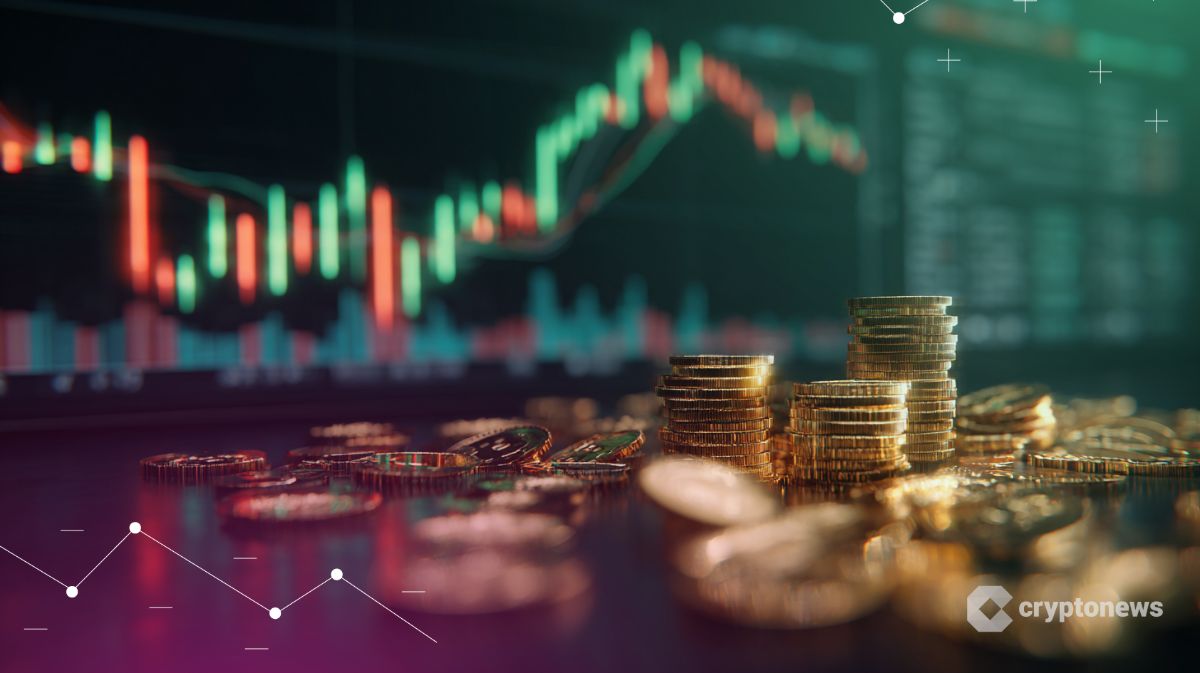Intel CEO Lip-Bu Tan vows to “clean up” company and refocus on chipmaking
Lip-Bu Tan says he is trying to pull Intel back to its core. He said the company lost focus. He said the company fell into complacency. He said there were too many layers of decision-making.
Lip-Bu described Intel as something that used to be great, but drifted. He joined in March and said his job is to “refocus” Intel on engineering work that actually builds chips, rather than holding endless meetings about chips.
The newest Intel boss spoke at the Future Investment Initiative in Riyadh on October 28. He said, “It was a tremendous success 20, 30 years ago. So I decided to come in and clean up.”
Lip-Bu’s strategy so far has centered on artificial intelligence and on rebuilding Intel’s foundry business. The foundry business is Intel’s attempt to manufacture chips for others, similar to Taiwan’s TSMC.
Intel has fallen behind Taiwan in this area by a wide margin. He said Intel needs to push here, but he also knows it is behind. So his work is not a speech. It is a long repair job. And the world is watching because this industry moves fast. Intel has not kept up.
Tan deals with leadership tension and political pressure
Lip-Bu’s time in the job has not been easy. The source of pressure did not only come from investors or the engineering floor. It came from the White House. Former President Donald Trump called for him to step down earlier.
Trump pointed to Lip-Bu’s past investments in China. Lip-Bu said he asked for a direct meeting with Trump after that. He said he explained to Trump that those investments were made while he was living in Singapore years earlier. He said he told Trump he placed those investments into a charitable trust. He said this meeting changed the tone.
In August, the U.S. government bought a 10 percent stake in Intel. It was not a normal corporate investment. It was tied to a national push to rebuild domestic manufacturing in industries considered critical.
Lip-Bu compared this to how Taiwan supported TSMC while it was rising to global dominance. He said, “I told him the plan that I have. So he was delighted.” The politics here is simple: the U.S. does not want to depend on foreign chip supply forever.
Intel is supposed to be the American answer. Lip-Bu is supposed to deliver that answer. And investors are now waiting to see exactly how.
Intel pushes new AI chip as it tries to catch Nvidia
Intel reported third-quarter results last week that beat expectations. The stock went up, then eased back down once investors remembered Intel is still behind in the fastest growth market in chips: artificial intelligence.
Intel still leads in PC processors, but Nvidia took the lead in AI. Nvidia sells GPUs used to train and run AI systems. AMD is also taking market share. That is the battlefield Intel is trying to re-enter.
On October 14, Intel announced a new data center AI chip. It is a GPU called Crescent Island. It is expected to launch next year. Intel’s CTO, Sachin Katti, presented it at the Open Compute Summit.
Lip-Bu said the chip will be optimized for energy efficiency and support AI inference workloads. He said, “It emphasises that focus that I talked about earlier, inference, optimised for AI, optimised for delivering the best token economics out there, the best performance per US dollar out there.”
Crescent Island will have 160 gigabytes of a slower memory type instead of the high-bandwidth memory used by Nvidia and AMD. The design comes from Intel’s consumer GPUs.
Intel did not say which manufacturing process it will use. This matters because the manufacturing process determines efficiency and performance, and Intel is still catching up on that front.
Lip-Bu said he intends to restart Intel’s stalled AI projects. He mentioned the Gaudi chips and Falcon Shores processor efforts that were paused. Crescent Island is the first signal of that restart.
The market will now wait for performance, not talk. Investors do not want slogans. They want working silicon. Lip-Bu knows this. He said he came to “clean up.” Now everyone wants to see the cleanup actually happen.
If you're reading this, you’re already ahead. Stay there with our newsletter.
You May Also Like

SOL Volume Bot: Understanding Automated Liquidity and Market Activity on Solana

Crypto Market Cap Edges Up 2% as Bitcoin Approaches $118K After Fed Rate Trim
